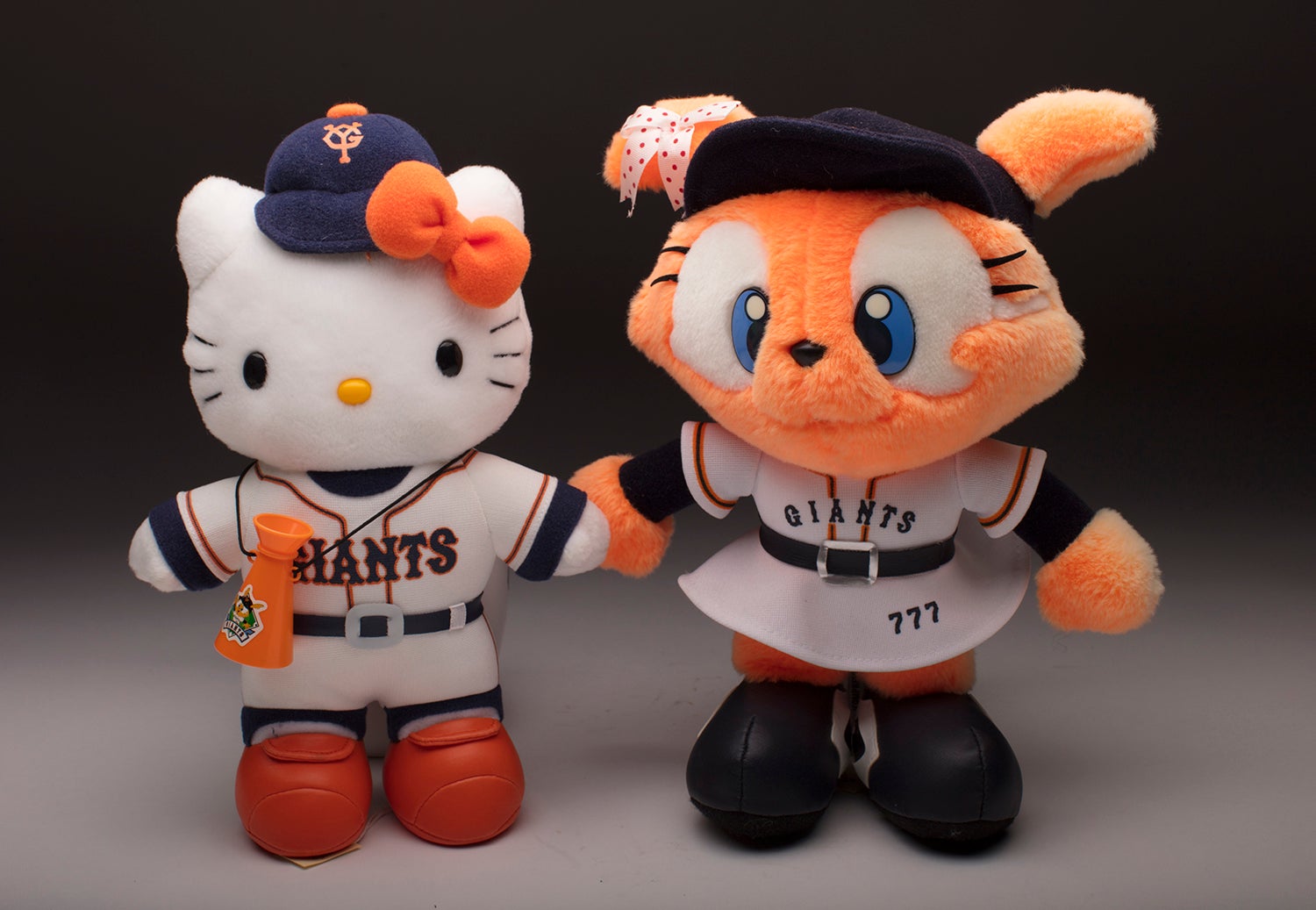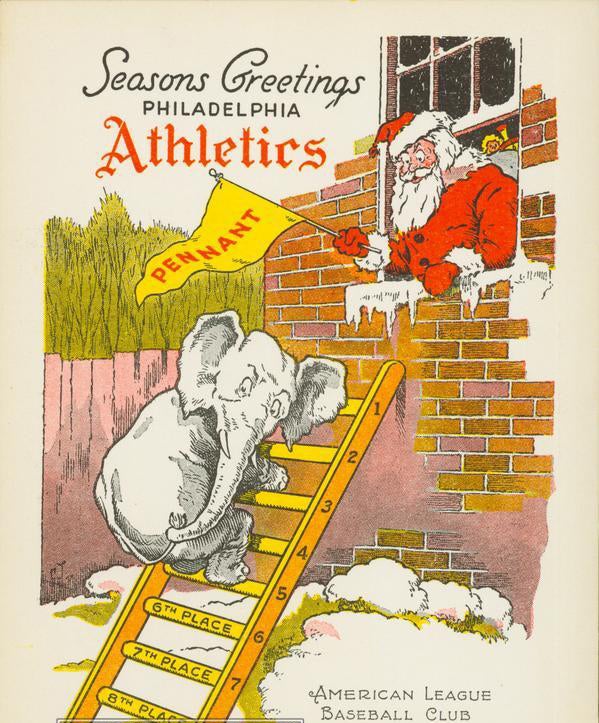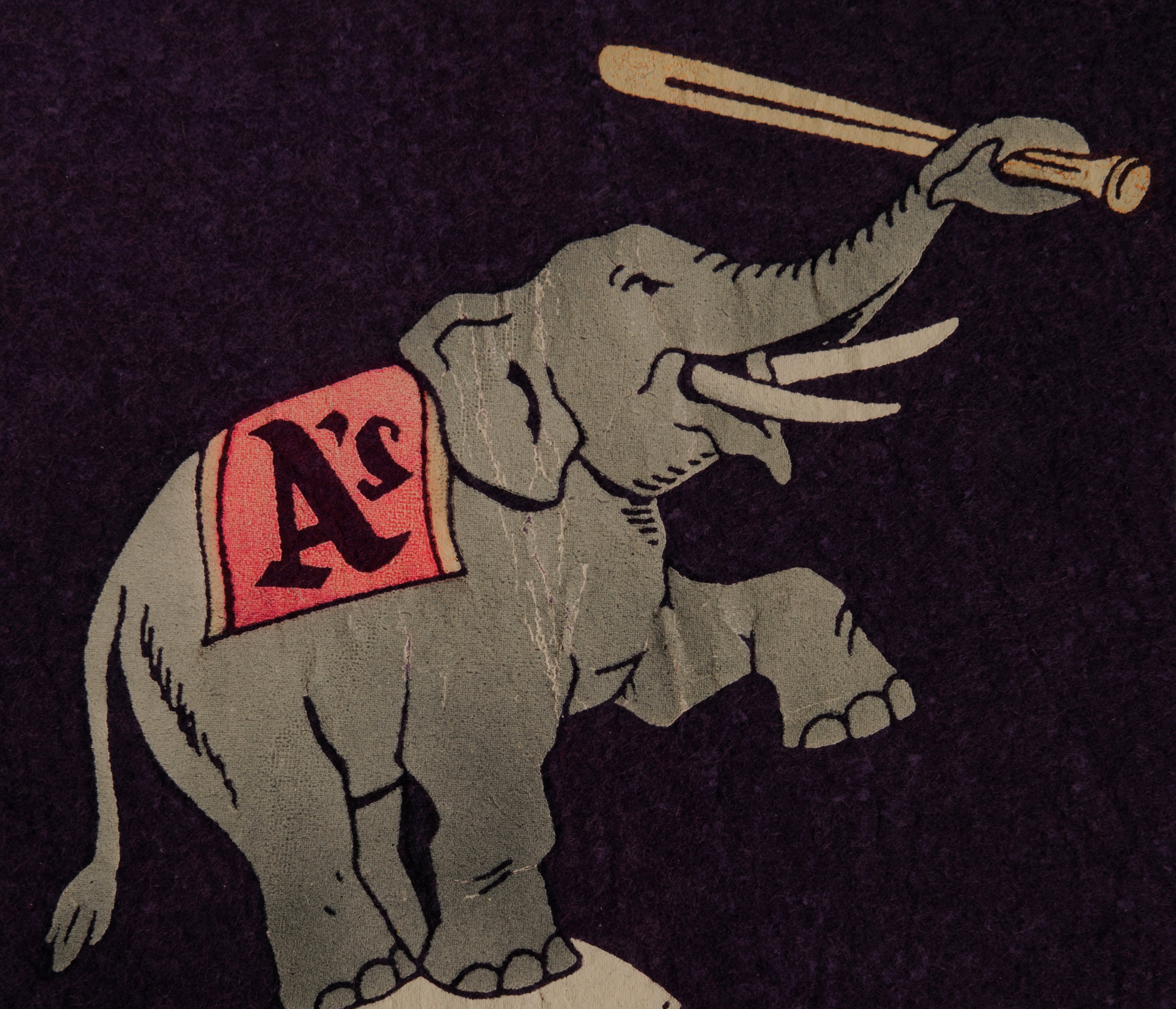- Home
- Our Stories
- #Shortstops: Dinger the Dinosaur
#Shortstops: Dinger the Dinosaur
Mascots are often adored by fans – especially children. While attending a game in Queens early in the 2018 season, the author witnessed a family with three young girls getting their photos taken with Mr. and Mrs. Met. After the photo, the family began to move on from the Mascots.
After walking about 50 feet, the family’s youngest girl made the type of breakaway run all parents of toddlers are familiar with, and ran back to the Mascots – giving Mrs. Met a big and tight hug at the Mascot’s knee level. This hug was greeted by a collective “aww” from the crowd.
Hall of Fame Membership
There is no simpler, and more essential, way to demonstrate your support than to sign on as a Museum Member.
Official Hall of Fame Apparel
Proceeds from online store purchases help support our mission to preserve baseball history. Thank you!
It should be no surprise that Mascots clearly draw the attention of younger fans. Nevertheless, even the non-baseball fan youth would likely be drawn to one MLB mascot in particular: Dinger.
Dinger is the official mascot of the Colorado Rockies and if children didn’t like mascots enough to begin with, Dinger is also a dinosaur, another item often of great interest to children.
Dinger made his debut on April 16, 1994, at Mile High Stadium. Like the legendary San Diego Chicken, Dinger made his official debut by being hatched. At the April 16 game, fans were told that an egg was found during the construction of Coors Field, and a grey egg was seen on the field. Two “doctors” were seen attending to the egg when it began to hatch – and thus Dinger was born.
The idea that an egg was found during the construction of Coors Field is not unreasonable. Colorado, especially the Denver area, has been a hotbed for fossils from dinosaurs and from mammals early in the post-dinosaur world. In fact, some fossils were found during the construction of Coors Field. As a result, the name “Jurassic Park” was even shortly proposed as a name for new stadium. The fossils found at the construction site at the corner of 20th and Blake, the soon-to-be home of the Rockies, were just a few small fragments. Those fragments, currently in the possession and care of the Denver Museum of Nature and Science, are in a box only slightly larger than a cell phone.
While the bones have not been identified as a specific species (skulls are usually used to identify dinosaur fossils), the staff at the Denver Museum of Nature and Science believe them to be from an herbivore. Dinger, the Rockies Mascot, is based off of a triceratops – an herbivore dinosaur species that certainly lived in the area, as evidenced by the several triceratops fossils found in the region.
So, is Dinger really based on the fossils found at the Rockies’ home at Coors Field? Simply, yes. Is it an accurate representation of the animal from which those fossils formed? Possibly.
Just after Dinger turned 20 years old, the Rockies released a Dinger bobblehead that is reminiscent of his “hatching”. On April 20, 2014, Easter Sunday, the Rockies gave away a bobblehead that shows Dinger dressed in his Easter best, a purple vest. Dinger is shown standing in a partial egg, much like when he hatched two decades early at Mile High Stadium, and holding an Easter basket, one of which is a white egg with the Rockies logo on it.
Interestingly, the Dinger bobblehead was depicted wearing bunny ears and a hybrid of a standard Rockies cap with what appears to be a gnome cap. Nevertheless, the gnome/bobblehead of the beloved mascot/dinosaur is sure to be a favorite keepsake from many a fan that attended that Easter Day game in Denver.
This bobblehead is one of hundreds preserved in the collection at the National Baseball Hall of Fame and Museum.
Nathan Tweedie was the manager of on-site learning at the National Baseball Hall of Fame and Museum
Related Stories

#Shortstops: A Dandy of a Mascot

NPB Mascot donation brings fan experience to Museum

#Shortstops: Holiday wishes, Philadelphia style

The Elephant in the Room

#Shortstops: A Dandy of a Mascot

NPB Mascot donation brings fan experience to Museum

#Shortstops: Holiday wishes, Philadelphia style


